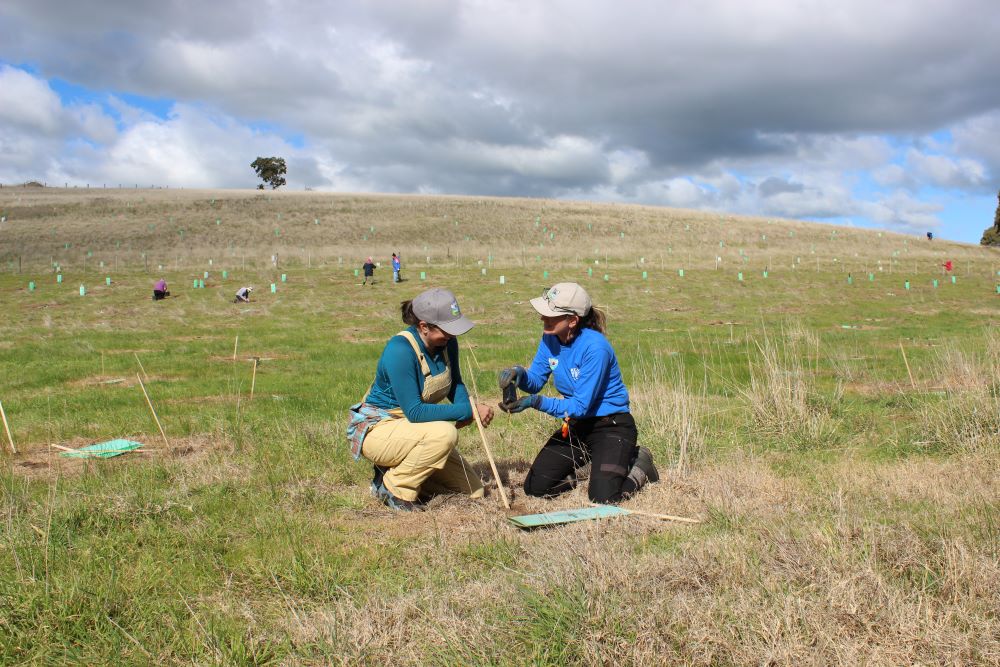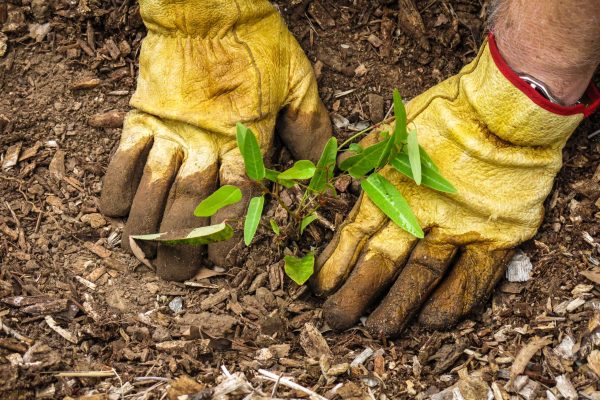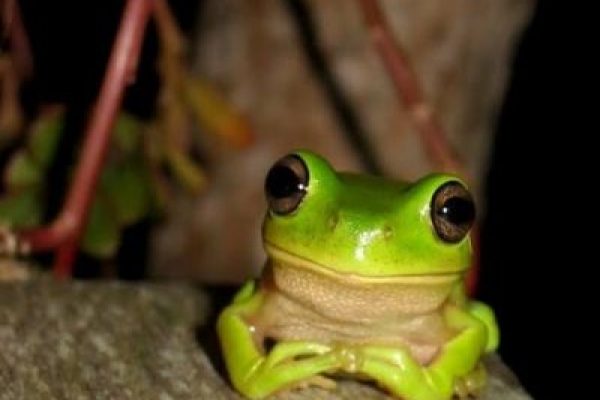September 26, 2023
|
Hobart Airport. Greening Tasmania.
TREES PLANTED
1,745
We all know about the importance of considering the environmental impact of our personal travel habits. One thing we love to see is commercial travel industry entities doing their part too. Hobart Airport is one such company who’s getting on board. Every year, we plant hundreds of native trees on the island on their behalf.
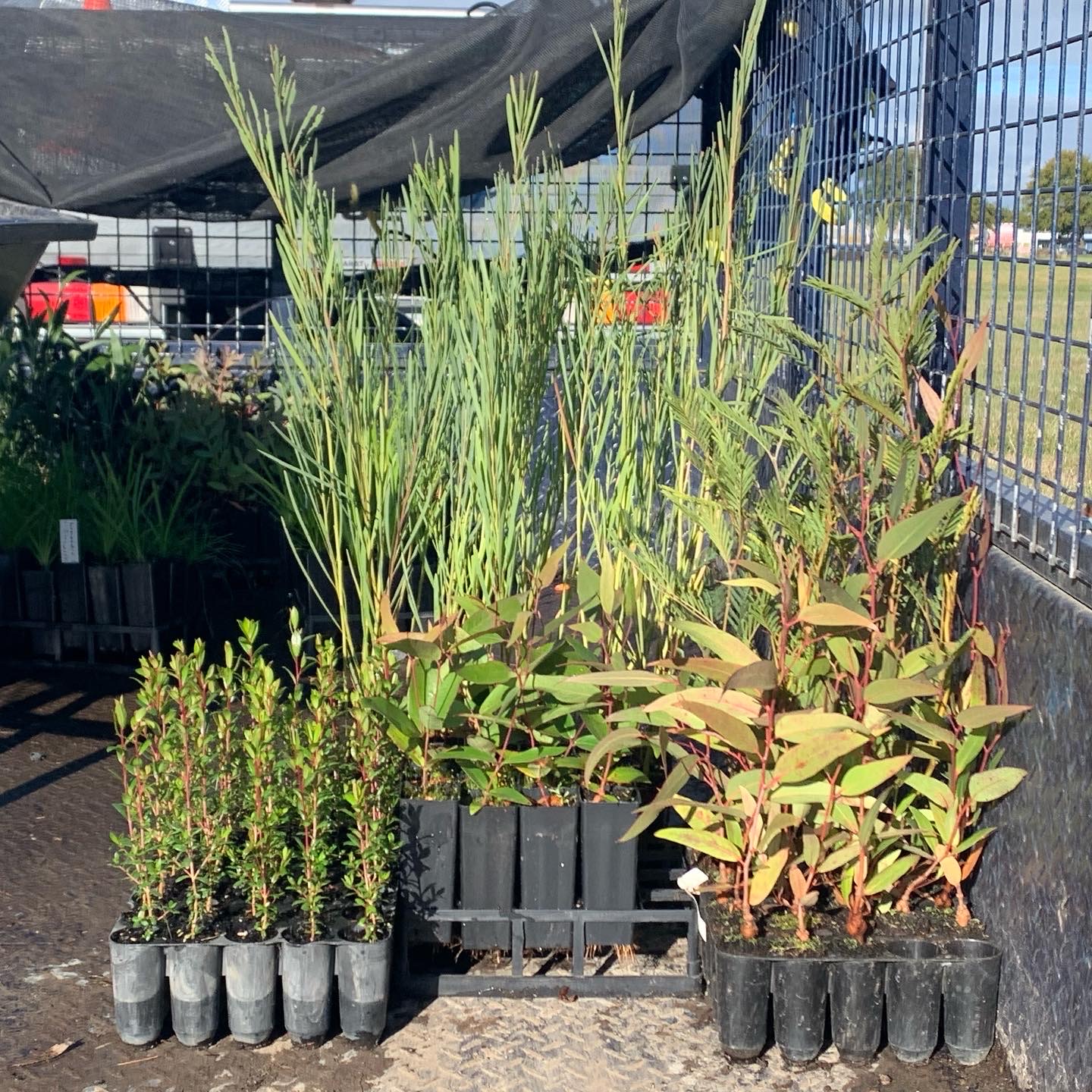
More than 2.4 million people currently fly in and out of Hobart Airport every year. Locals and visitors alike come to Tasmania to experience our unique natural wonders and breathe in some of the clearest air in the world. As a business that operates 365 days a year, Hobart Airport strives to mitigate our impact on the environment and work to enhance the natural values in Tasmania.
Since 2019, we have collaborated with Fifteen Trees to plant one tree for each day of airport operations, contributing to ongoing revegetation efforts across Tasmania. Reflecting our 2021 operations, we supported the planting of native trees in Wegeena, in northwest Tasmania, where former pasture land is being converted back into native forest and at Pelverata in southern Tasmania where Kellyaway’s Creek has been planted to build a wildlife corridor between remnant bushland. Over the three years working with Fifteen Trees we have contributed to improve native habitat at Brighton, Bruny Island and Wynyard.
Hobart Airport is committed to preserving and respecting the natural values that make Tasmania unique. To find out more about please visit our website: Environment – Hobart Airport
Nicole Sherriff | Environment and Sustainability Manager| Hobart Airport
– 2023 Planting –
This year’s trees were planted on Melukerdee Country in the Huon Valley, TAS. It is a beautiful part of the world with natural rainforest, creeks and springs. It also was ex-agricultural land that farmed cattle and blueberries and was selectively logged to build apple crates. The landholders are working hard to restore the land back to its original vegetation type along side the Franklin Landcare Group.
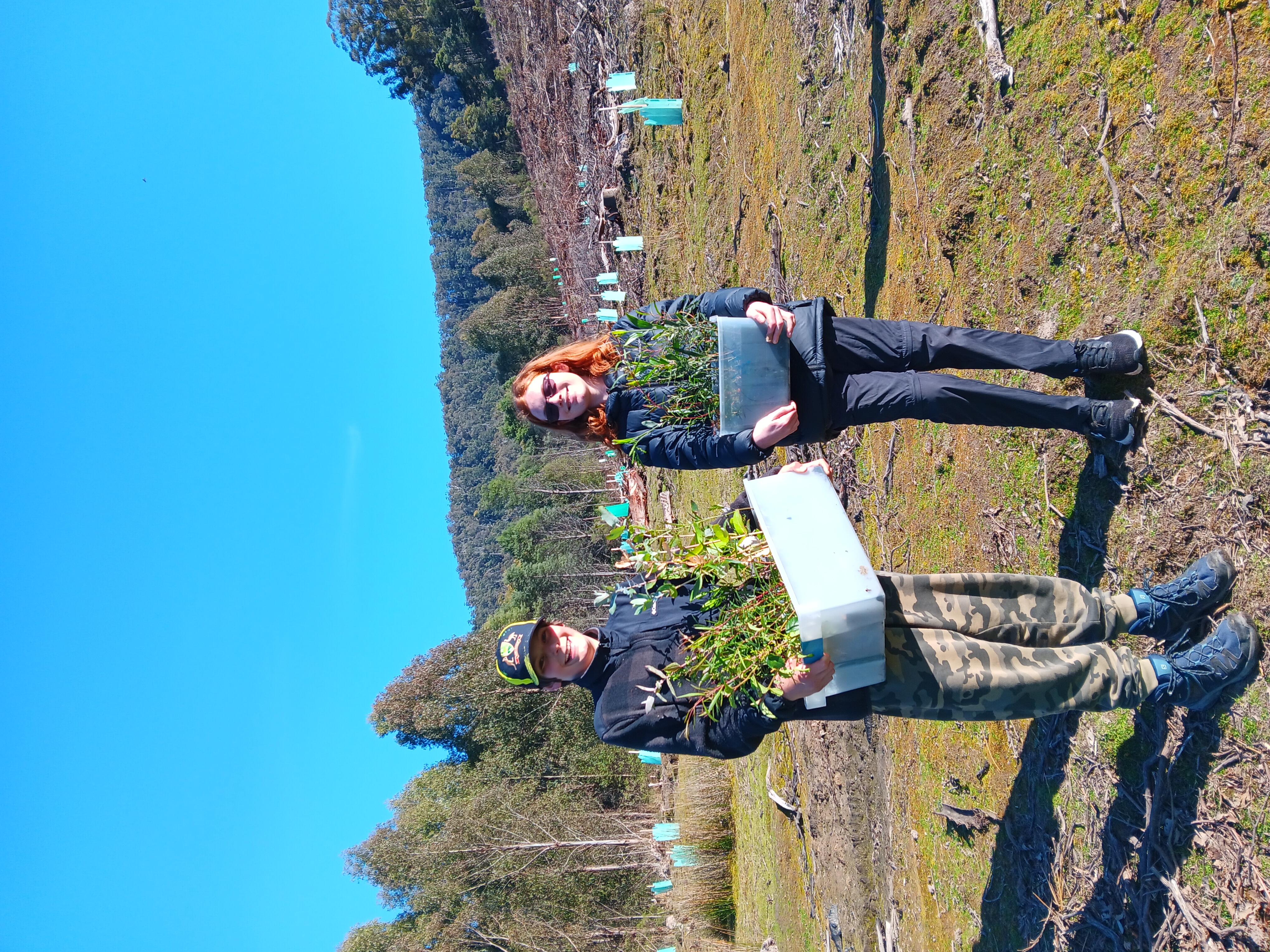
The trees were planted around the edge of the harvested area to create a buffer and also in islands in cleared areas. Additional reserve islands will be added over the next few years. The trees planted included blue gums and black gums as a food source for endangered swift parrots. Blackwoods, white gums, myrtle and sassafrass were also planted. All these species grew in this space prior to agricultural use. The native grasses, currants and dolly bushes are regenerating on their own.
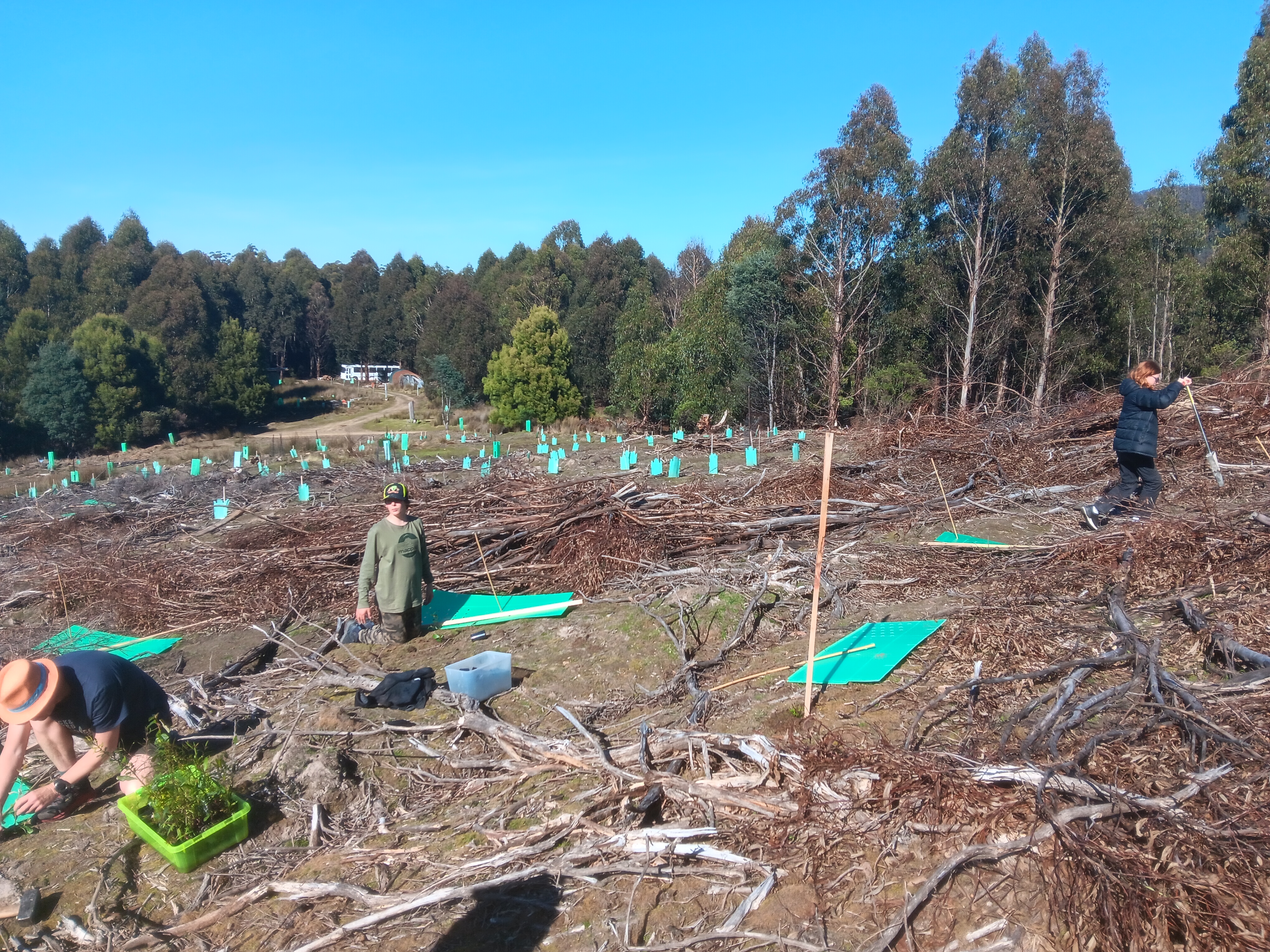
The site has been recognised as having conservation value due to the habitat it provides for native species including wedge tailed eagles and Tasmanian devils. Eastern quolls, pademelons and wallabies, possums, echidnas, bettongs, bats, snakes, lizards all call this valley home. Regenerating the land will provide extended habitat for these species.
We are very grateful to Hobart International Airport and Fifteen Trees for assisting with this project by providing trees and their protection. We are also heartened by the moral support, knowing that other people also value what we are aiming to achieve. This is a long-term project and we can’t wait to see this area grow and thrive over time.
Gayle Newbold | Member | Russ Trust
– 2022 Planting –
This year Hobart Airport purchased 365 native trees (and tree guards) for planting at 2 Tasmanian sites:
- Wegeena, (300 trees)
- Pelverata (65 trees)
Site 1. Wegeena, TAS.
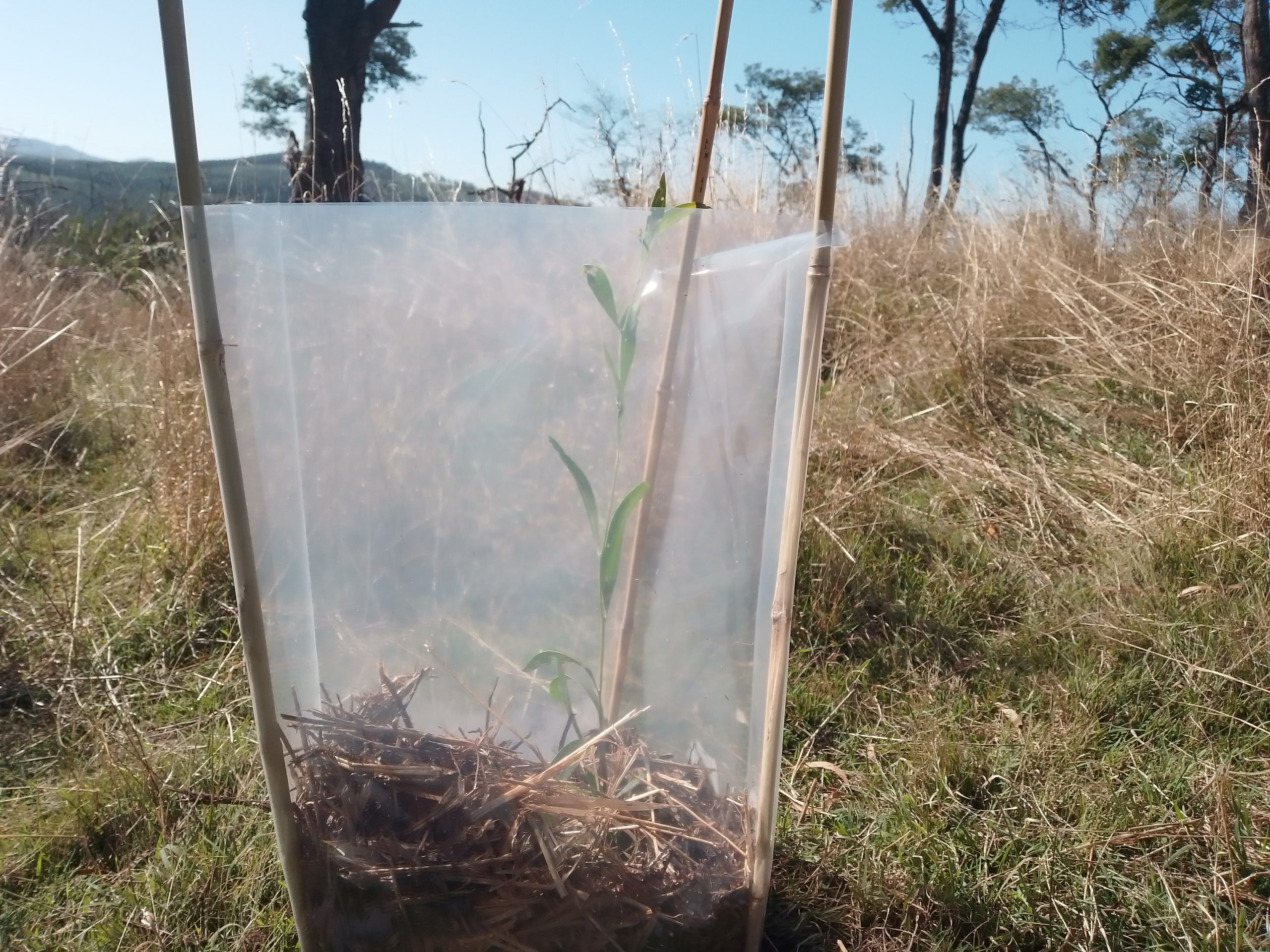
At Wegeena, in northwest Tasmania, the local landcare group are working towards revegetating former pasture land back into native forest. This year, they planted mostly blackwoods as they are the original dominate tree of the area. Blackwoods are indigenous to both Victoria and Tasmania. They are an Acacia species that can grow up to 15m tall. Wegeena is a small rural community in the northwest region of the isle. The name is believed to mean ‘campfire’.
Site 2. Pelverata, TAS.
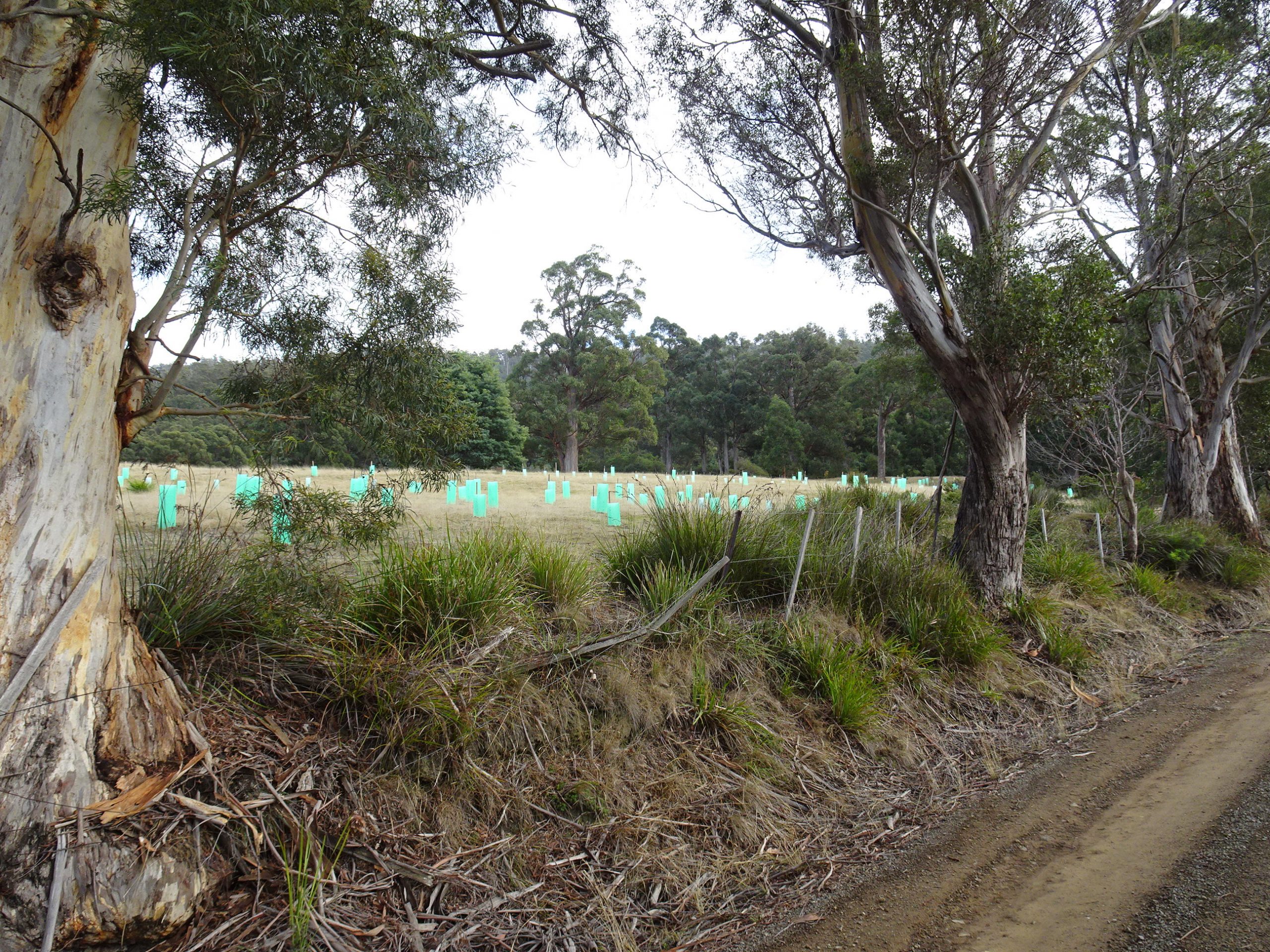
At Pelverata, in southern Tasmania, LandcareTAS have planted along Kellyaway’s Creek, working to restore native ecosystems. They have planted mostly Black Gums to add to the existing population in the area. These trees are classified as vulnerable by the Australian Government (Environmental Protection and Biodiversity Conservation Act). It is estimated that only 8,000 mature species of this tree exist. This project is building a wildlife corridor between remnant bushland.
– 2021 Planting –
Our aim was to raise the funds to plant 730 native trees this winter/spring in the Northwest district of Tasmania. A beautiful location between Wynyard and Table Cape, on a cliff overlooking the Bass Strait. Home to the White-bellied sea eagle, the Tasmanian devil and the Eastern barred bandicoot. Plus, the endangered swift parrot is known to visit the district on its way to the mainland every winter.
But there was something very special about this project!
We planted the trees in the shape of a huge heart!

And we did it. Over the course of 6 weeks we raised enough money to give the go ahead to the planting team. Thank you to Hobart Airport who came in with the funds for us to plant half the trees (365).

– 2020 Planting –
This year Hobart Airport purchased 650 native trees for planting at 2 Tasmanian sites:
- Bruny Island, (255 trees)
- Polonia Bridge Park, Brighton (396 trees).
Site 1. Bruny Island.
On Bruny Island the trees were planted at the District School by students and teachers. The school community are revegetating areas within the school grounds and also collaborating with a local farmer to rehabilitate some of their land.
We had the most amazing day for National Tree Planting Day at Bruny Island District School. This was by far the best tree planting day I have been involved in to date! All students from Prep to Grade 5 (we are a very small country school) participated in the event and were joined by around 10 families with younger siblings.
Everyone thoroughly enjoyed getting their hands dirty and doing something positive for the environment. The beautiful photos taken by our school Principal tell the story best! Thank you to Fifteen Trees and Hobart Airport for supplying the plants.
Look forward to the next one!
Claire Boost | Teacher | Bruny Island District School
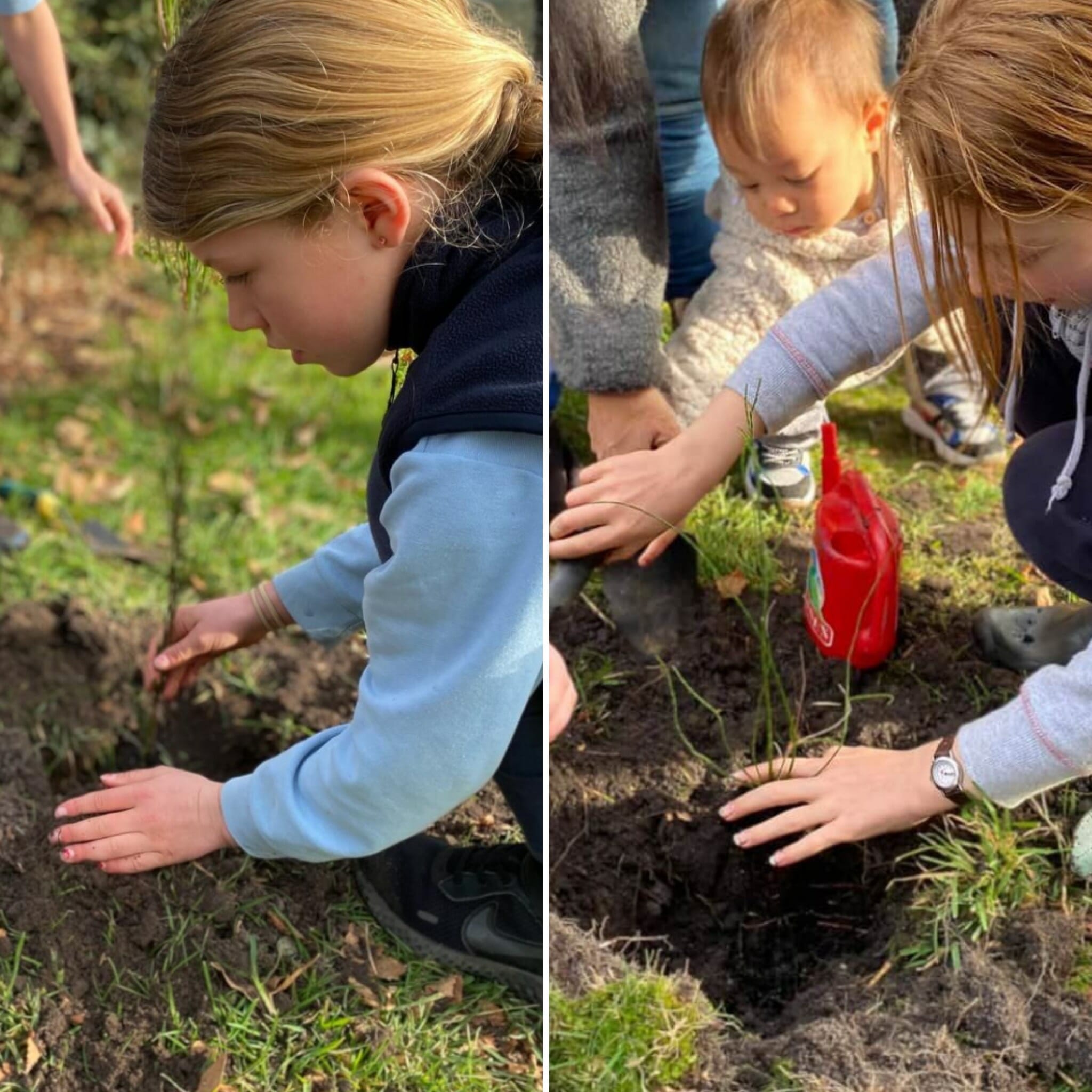
Site 2. Polonia Park.
Polonia Park is a small green slice of the Jordan Riverbank, bordered on its uphill side by residential development. Brighton Council and its re-greening partners, including Hobart Airport, aim to ‘rewild’ the area. Rewilding in this case doesn’t mean returning the whole place to its prehistoric forested glory. It’s more about bringing back something of the feel of a healthy natural landscape, which includes balancing urban growth with the needs of the river and those remnants of the larger natural ecosystem that still exist further upstream.
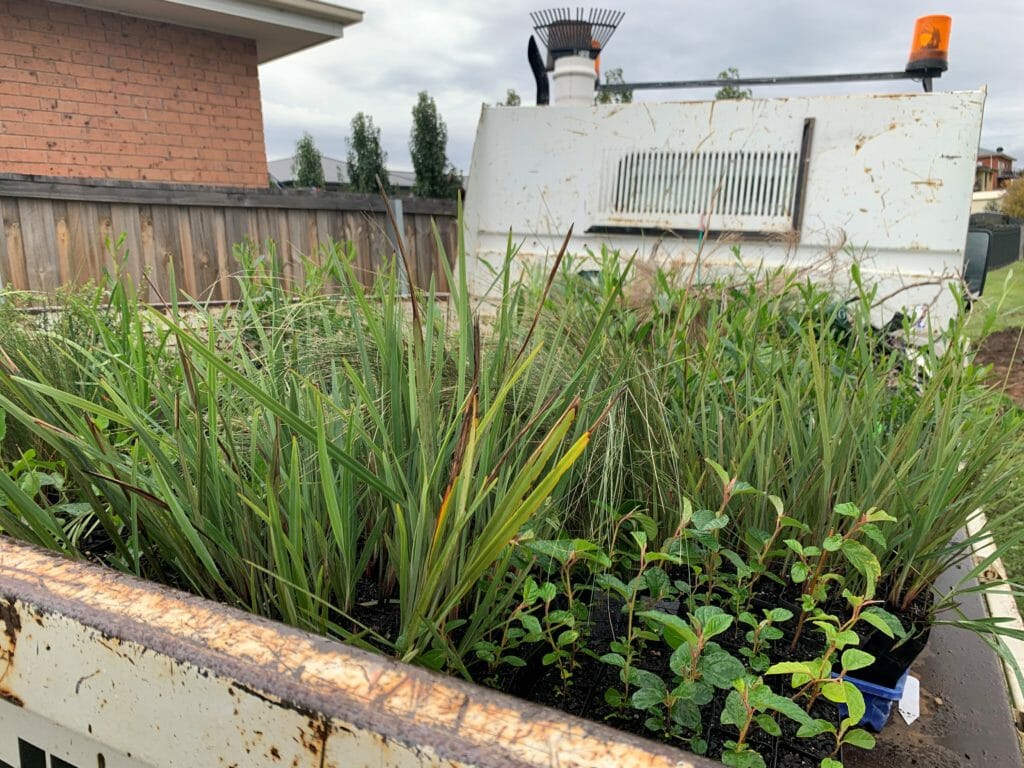
The planting will also serve a wellbeing and education function. Local residents will be able to watch the trees grow and thrive, see native fauna species returning as the habitat establishes, and witness firsthand the aesthetic improvement to the green-space. Sensitive urban landscaping, including regeneration projects, aim to create a sense of connection between the people who live there and the often-invisible natural environment. Connection to the country that sustains us breeds empathy, a sense of belonging, and a determination to protect the priceless natural assets we have left:
The future of urban landscape design is to not only provide aesthetic landscapes that are attractive and safe for people, but to also ensure that the landscape will contribute something back to the health of communities and the natural environment. A symbiosis of people and the natural environment.
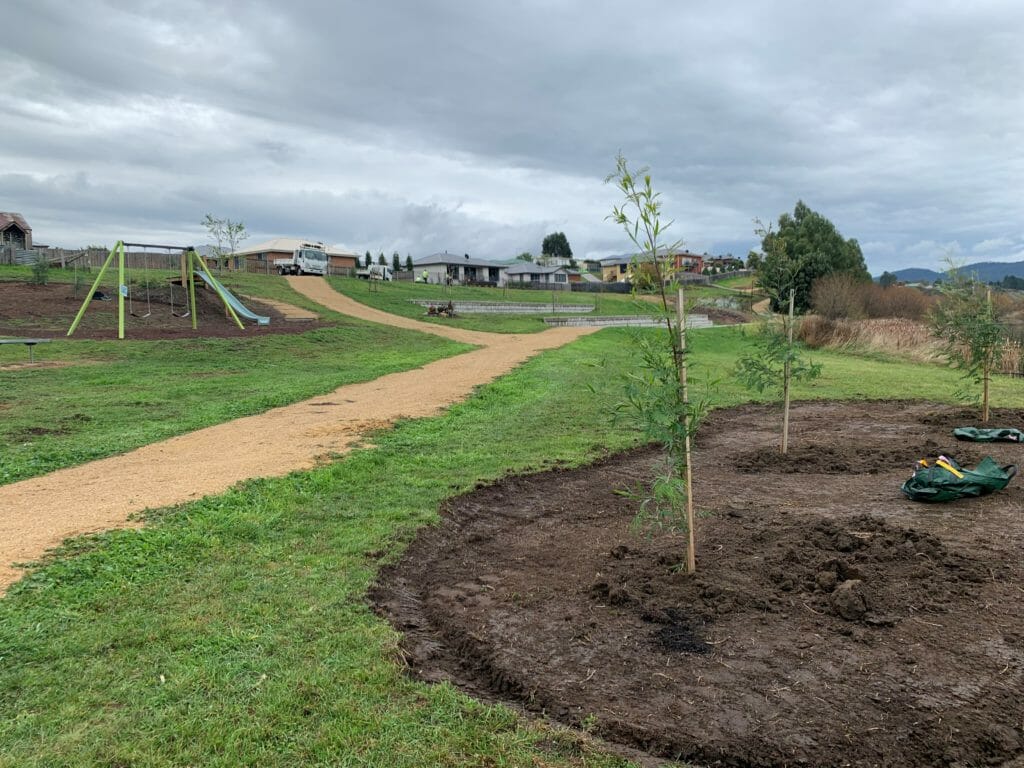
Most of us fly into Tasmania. And millions of us do it for the sole purpose of basking in its unique natural wonders and breathing in some of the clearest air in the world. It’s satisfying to think that one of its primary gatekeepers, Hobart Airport, is doing its bit to make Tasmania just that bit greener and just that bit cleaner.
If you would like to also support Australian tree planting projects, contact Colleen <[email protected]> and we will send you out a partnership proposal.
Article by Sarah Hart.
Sarah is an artist whose passions include the stories and experiences of women and narrative driven creative work. Her aim is to delight, to reveal glimpses of everyday beauty, and to celebrate flights of the ordinary. Sarah works across a range of media, with an abiding interest in pen and ink, mixed media and the human form. You can find Sarah here.
RECENT TREE PLANTINGS
1,200 TREES PLANTED
135 TREES PLANTED
1110 TREES PLANTED
SIGN UP FOR OUR MONTHLY UPDATES.
Restoring Australian ecosystems. Supporting communities with their revegetation projects for a greener and healthier planet.
Fifteen Trees acknowledges Indigenous Australians as the traditional custodians of the lands on which we work, live and play.
We recognise that Indigenous Australians have cared for and lived in harmony with this land for millennia, and their knowledge and wisdom of the land endures.
We pay our respects to Elders past, present and emerging and stand in solidarity as Indigenous Australians seek a fairer and more sustainable future for the land and its people.
